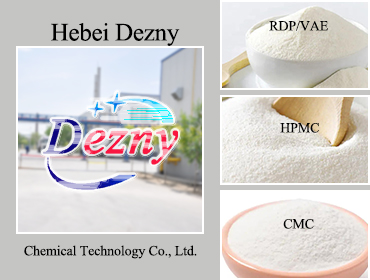
 2023-08-03- readings
2023-08-03- readings1. Substantive issues
I want to talk about the material very first. Whether it is house decor or tooling, wall structure ceramic tiles are generally separated into 2 types with regards to feel: glazed tiles and refined ceramic tiles. Both have different textures as well as other construction methods. As being the brand shows, glazed tiles are layered with a covering of glaze on the bottom of the body. The foot of the environmentally friendly system could be a porcelain entire body or perhaps a earthenware physique. The porcelain ceramic system has to be drenched in water. The entire body of your shiny porcelain tile is actually a porcelain physique, and also the surface area is finished with a unit. Great denseness, drinking water consumption ≤0.5undefinedPer cent, no reason to saturate in normal water during development.
For glazed floor tiles, sometimes the amount of immersion is not really perfect, or there exists airborne dirt and dust on the back of the floor tile. In the event the washing h2o is simply too gentle, the cement slurry will never be completely immersed inside the brick matrix, and it will surely dried up up prematurely when it lacks drinking water, and also the coagulation will never be business. A lot of water will not be ample, once the brick is soaked, it is possible to kind a h2o layer, along with the adhesion is not really strong. There is another condition that requires everyone's consideration, that is certainly, the dirt around the rear. This type of situation usually occurs at a corner of the wall surface, for the reason that as soon as the workers saturate the tiles initially after which chamfer the sides, the dirt will stick to the back of your ceramic tiles, and also the tiles will easily drop off of after condensation. Related situations happen in every big project.
Finished tiles. Finished floor tiles are all porcelain and do not should be soaked in h2o, although the grout will not pass through in to the base of the floor tiles, as well as the adhesion is not really adequate. Consequently, refined floor tiles usually require tile adhesives to enhance the adhesion between tiles and concrete mortar.
2. Grassroots problems
There are also several kinds of accessory bases for wall tiles: aerated block plastered wall space, concrete plastered walls, concrete strain platter plastered wall space. And this includes, the plastering of aerated disables and concrete surfaces demands the application of traditional building strategies including shotcrete, but difficulties still take place after a year or more. (Currently, the outer lining plastering of concrete, aerated prevents, and concrete strain dishes in the construction market usually makes use of WHAOS development program therapy professional, which can be directly plastered around the base covering that must be plastered, guaranteeing "" hollowing, saving time and issues and money).
3. Wrong percentage of concrete beach sand
Generally, wall structure floor tiles are 1:2, that may be, 1 part of concrete, 2 elements of fine sand, and paste after mixing uniformly. On many occasions, without the need of accurate control, 1:4 and 1:6 are pasted, which happens to be very unstable. It seemed to be affixed back then, however it tended to drop away from after a very long time. It is far from an issue of the caliber of the porcelain tile paste!
4. The walls basis will not be properly watered
The wall structure basis will not be fully wetted before paving, which then causes the dampness inside the cement mortar and brick body being absorbed. The mortar lacks sufficient moisture content in the establishing time and energy to fully relationship the tiles. Normal water the base level before paving, and manage the humidity at 30-70Per cent.
5. Not sufficient tiles
Porcelain ceramic tiles are porcelain ceramic goods made from natural clay that increase and agreement as heat alterations. The tiles abandon no seams and the floor tiles push against the other person. Typically, a joint of 1~2mm should be still left, the same as the concrete pavement has to be lower to have a joint.
6. The second just click
Many people find that the ceramic tiles are uneven after laying, and they can be squashed after the second knock, which will cause the mortar that has lost element of its moisture to loosen.